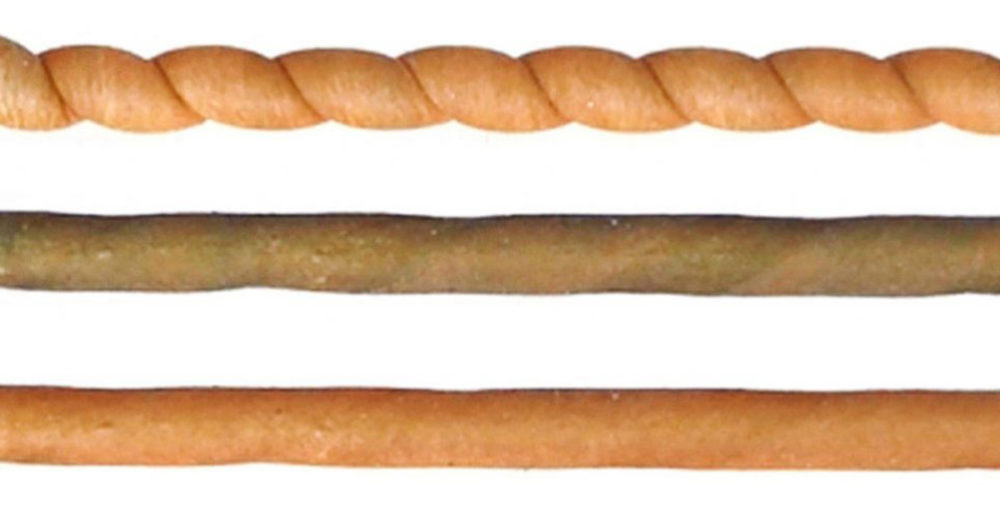UPDATE: This post has been updated to clarify the portion of global electricity demand from air conditioners and refrigeration.
Can I just say that I love energy innovation? News about a promising new option for air conditioning and refrigeration has me all atwitter. And it’s just the tip of the energy innovation iceberg.
“Twistocaloric” cooling
The new cooling technology, spelled out in Science, is based on an amazingly simple concept: the property of materials—think rubber bands, for example—to heat up when stretched, and cool down when released. (I’ll admit even the existence of that phenomenon, called the elastocaloric effect, was news to me, though it’s apparently been known for a couple of centuries.)
The research team for this innovation, which they’re calling twistocaloric cooling, makes it sound both revolutionary and amazingly simple. The simple version, as expressed by Dr. Ray Baughman of the University of Texas at Dallas, one of the researchers, is that “[w]ith twistocaloric cooling, we found that all you have to do is release twist.” That is, untwist something you’ve twisted. (Handy video demonstration here.)
The more complex version includes this from their abstract:
We show that high cooling results from twist changes for twisted, coiled, or supercoiled fibers, including those of natural rubber, nickel titanium, and polyethylene fishing line. Using opposite chiralities of twist and coiling produces supercoiled natural rubber fibers and coiled fishing line fibers that cool when stretched. A demonstrated twist-based device for cooling flowing water provides high cooling energy and device efficiency.
That text highlights one neat thing about their research: that they were able to use a range of materials to produce this effect. (And another: that they were actually able make it work, albeit at a small scale.)
Another thing that struck me was the breadth of the author team involved in innovation like this. In this case, the collaboration involved 30 researchers from more than a dozen different institutions in three countries (China, the US, and Brazil).
I totally get that this is early stage. The proponents themselves say that “[m]any challenges and opportunities exist on the path from these initial discoveries to commercialization” for the host of potential applications. And Dr. Baughman says, “Significant applications I don’t imagine being commercialized until three years… And major innovations are probably going to take more than three years.”
But these innovations (and similar recent work on elastocaloric cooling) are aimed straight at the heart of a major consumer of electricity: Cooling for refrigeration and air conditioning account for a fifth of global electricity demand, and are poised for lots of growth. Any successful efficiency improvements in that sector could be huge, and with twistocaloric cooling we’re talking about systems potentially 20% more efficient than our current (vapor-compression) technology.

Someday, the way it used to be? (Credit: JSsocal/Flickr)
More of the iceberg
And, of course, there’s a whole lot more innovation going on in our beloved electricity sector, including stuff that’s already hitting the shelves (or rooftops, or fields). A quick taste:
- Energy storage – One area of innovation you may have seen in the headlines over the last few days, since their work on inventing lithium-ion batteries just garnered three accomplished researchers the 2019 Nobel Prize in Physics
- Lighting – Another favorite of mine, and the inspiration for the 2014 Nobel Prize in Physics: white LEDs, which didn’t even emerge until 1996, and are now taking over sockets everywhere.
- Wind turbines – All kinds of stuff, including higher efficiencies/better electronics, which make it possible to get more out of a given wind resource, and taller towers and longer blades, which make it possible to economically generate at lower windspeeds
- Solar panels – Efficiency improvements here, too—and bifacial modules, which are just what they sound like (panels with an ability to generate electricity from light on the front and the back) and are worth a blogpost unto themselves (later)
And that truly is just an off-the-top-of-my-head taste of energy innovation (feel free to weigh in with more in the comments section below). Excitement all around.
Innovate on!
As for the cooling breakthrough: It looks like an idea worth watching, even if it’s going to take a while. And in the meantime, feel free to adopt “twistocaloric” as your word of the day.
Innovation. Love it.

